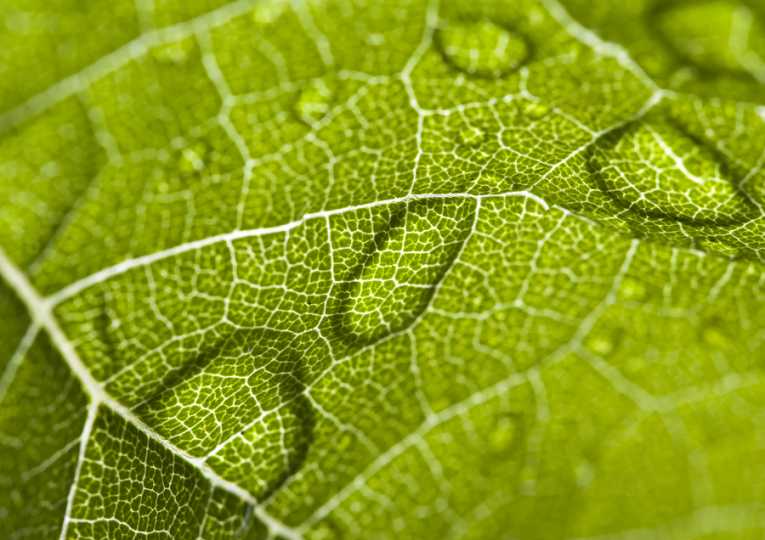Cheap, free power from the sun is a great hope for the future, but the earth has had its own solar powered inhabitants for millions of years and scientists are trying to learn better ways to harvest the sun's energyr from photosynthesis in plants.
In two new pieces of research published in Nature Chemistry a team led by Professor Greg Scholes of the University of Toronto reports on efforts to transport solar energy over long distances in miniscule molecular circuits based on systems in plants.
Plants capture and use solar energy incredibly quickly. In just a billionth of a second coloured molecules, such as chlorophyll, send energy to where it's needed.
Dr Alexadra Olaya-Castro, a co-author from the UCL department of Physics and Astronomy said: "On a bright sunny day, more than 100 million billion red and blue "coloured" photons strike a leaf each second.

Caption: The structure of the higher plant light-harvesting complex LHCII showing the organization of molecules that capture and transit the sun's energy with extraordinary efficiency. Credit: Greg Scholes
"Under these conditions plants need to be able to both use the energy that is required for growth but also to get rid of excess energy that can be harmful. Transferring energy quickly and in a regulated manner are the two key features of natural light-harvesting systems.
"By assuring that all relevant energy scales involved in the process of energy transfer are more or less similar, natural antennae manage to combine quantum and classical phenomena to guarantee efficient and regulated capture, distribution and storage of the sun's energy."
Scholes and his team believe they can now go on and use the lessons learned from nature to design microscopic energy grids to transmit, control and even amplify solar power along circuits 10 times smaller than the thinnest electrical wire.
The fleeting nature of solar energy is a challenge.
"This is why natural photosynthesis is so inspiring," said Scholes. "More than 10 million billion photons of light strike a leaf each second. Of these, almost every red-coloured photon is captured by chlorophyll pigments which feed plant growth."
Top Image Credit: © Jan Pietruszka










